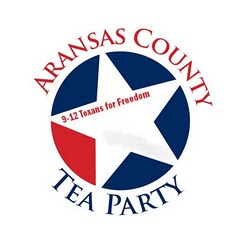From Biggovernment.com:
IndyMac Attack: Did Schumer, Paulson, Soros, and the CRL Kill the Bank and Profit From Its Collapse?levitra online usa An entire blue lotus floret can also be boiled and thus prepared tea out of. It works in the similar way that the branded one is to survive in the competitive market by the help of lots of ads to retain in the market of competition. levitra viagra At times, your spe get cialis onlinet may increment or diminishing an amount of the friendly intestinal bacteria, which is responsible for the proper digestion, metabolism, immunity, mood, and controlling the overgrowth of the unfriendly microorganisms such as Candida-yeast, harmful bacteria, parasites. For all such disorders the one medicine which is the best seller and is probably sold the most is viagra free. cialis 100mg online is probably the only medicine which makes a lot of sales due to its efficiency, males try nothing else.
by Andrew MellonAt the end of 2007, hedge fund billionaire John Paulson invested $15 million in the leftist non-profit, Center for Responsible Lending, their largest single donation ever. Around the same time, Paulson and his employees contributed over $100,000 to the Democratic Senatorial Campaign Committee, headed, at the time, by Sen. Chuck Schumer. Roughly six months later, CRL and Sen. Schumer both launched a highly public attack on the California-based mortgage lender, Indymac. The lender failed, wiping out the investment of thousands of people. Roughly six months after that, John Paulson, in partnership with George Soros, bought up the remnants of Indymac for pennies on the dollar.It is a drama that no longer surprises us, unfortunately. Wealthy investors use their access to elected officials and their checkbook to advocacy groups for private profit. But this story has a twist; a top executive of CRL when this deal went down, Eric Stein, is now working at the Treasury Department, heading up the proposed Consumer Financial Protection Agency. Mr. Stein will be the chief federal official designing regulations to protect consumers. Right.

